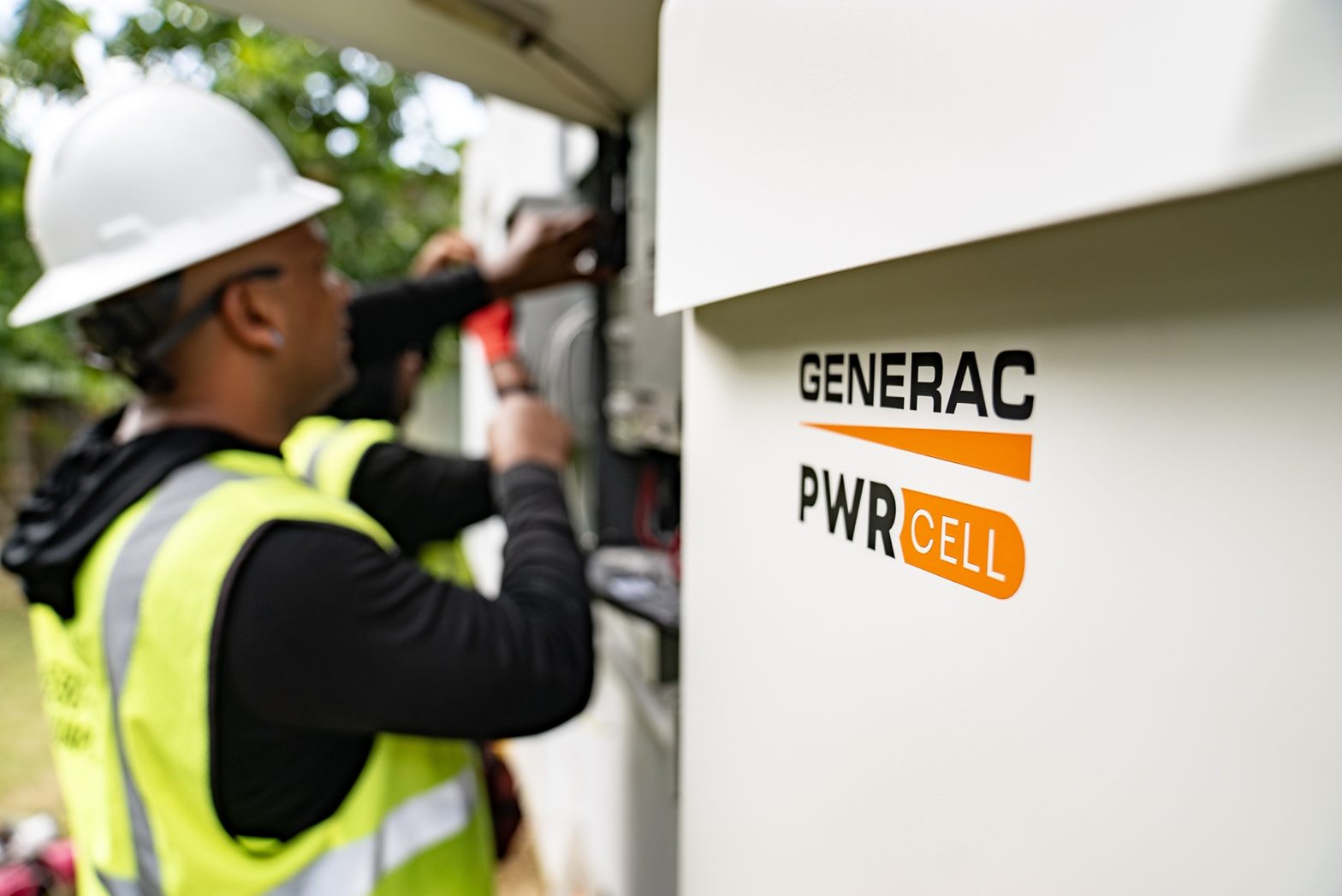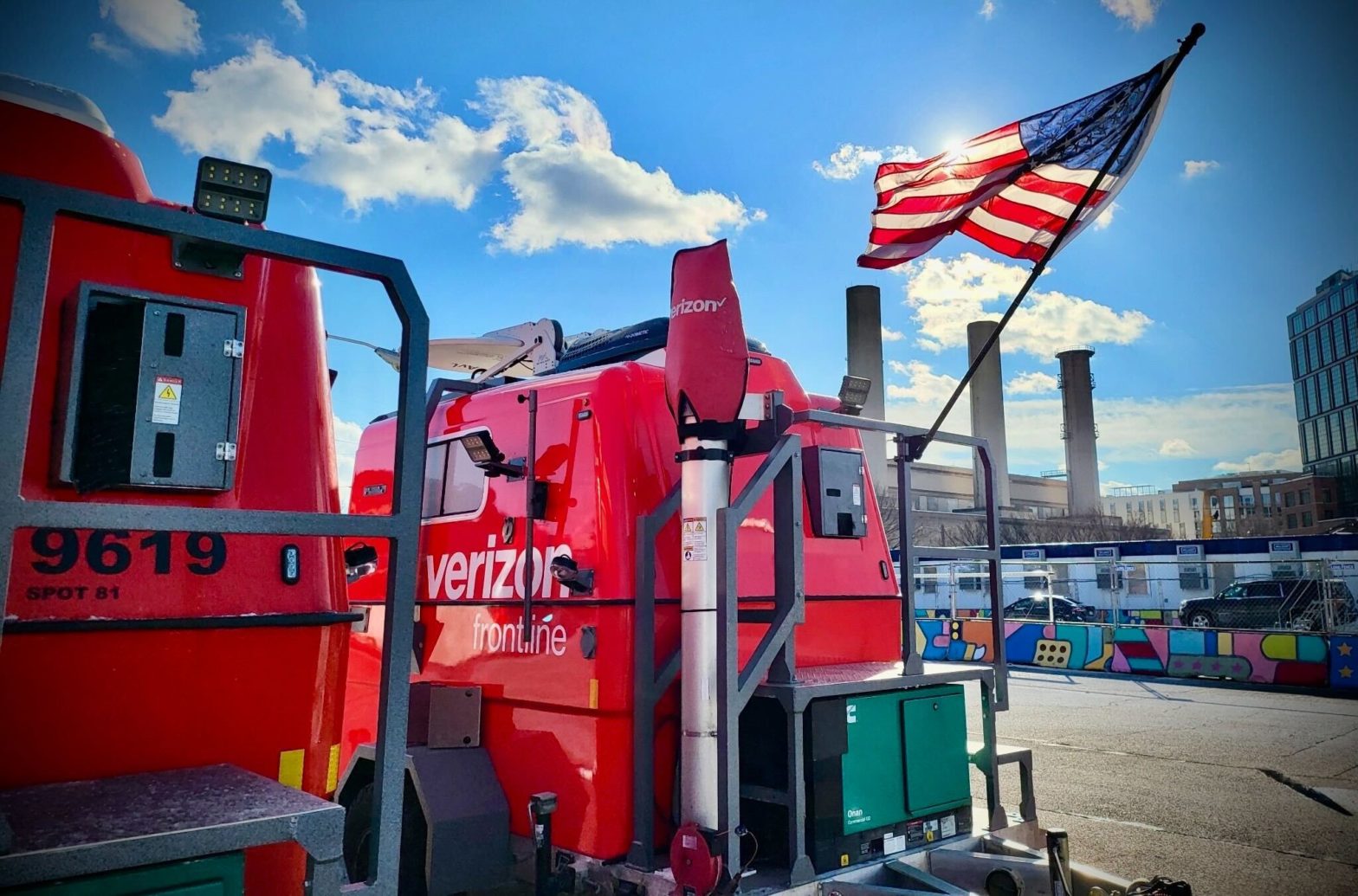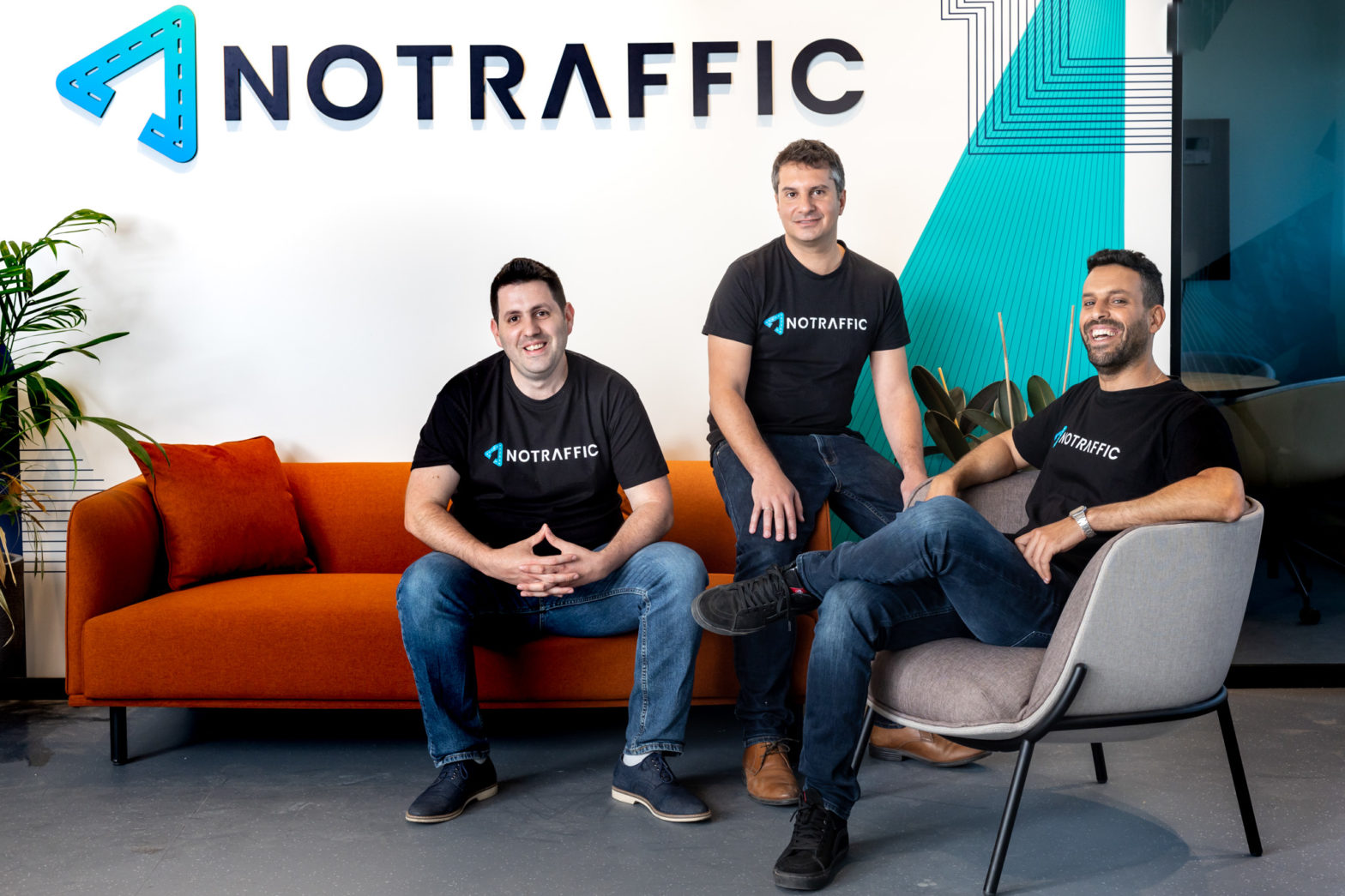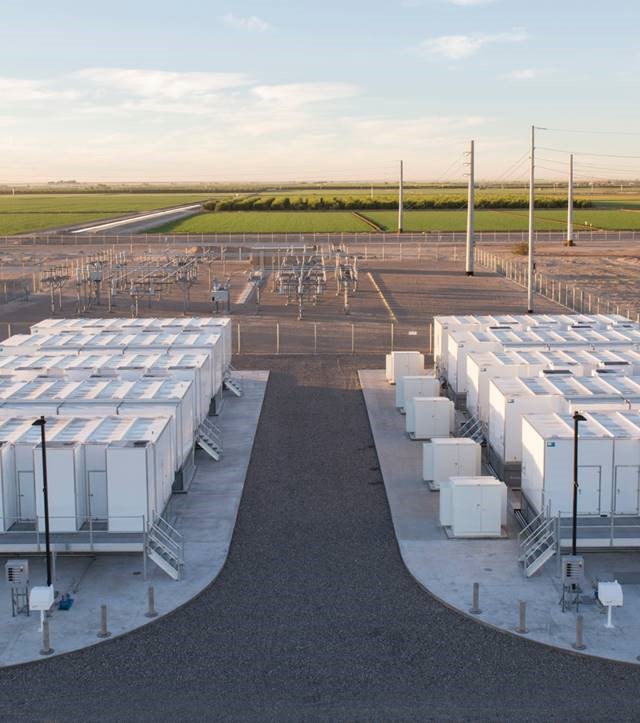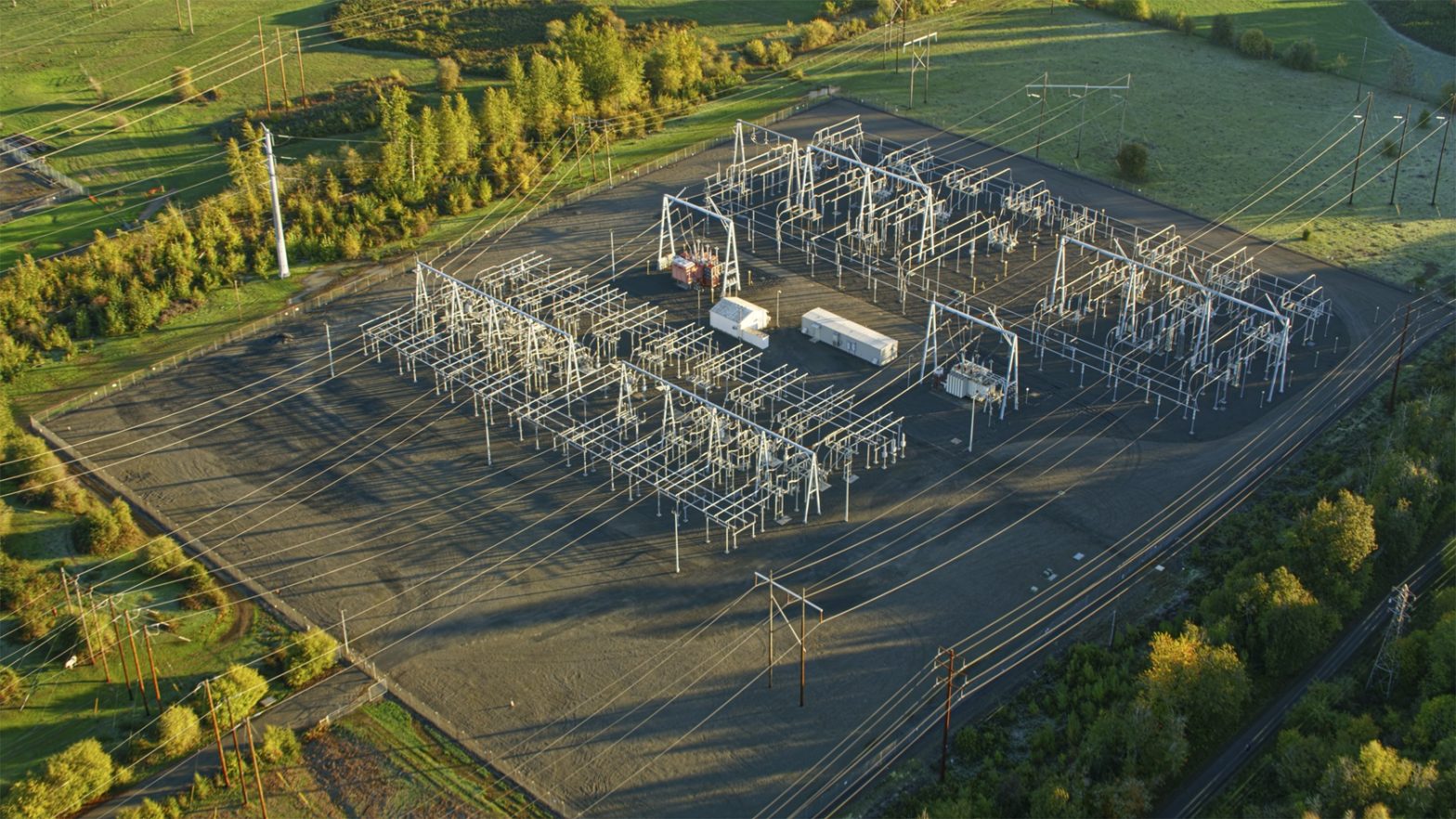
Photo: GettyImages-2137430669
How certification is driving confidence for connected utilities
20 February 2025
Electric utilities need reliable, secure, and resilient cellular networks to connect their critical infrastructure. In a previous article, Vice President of Engineering and Operations Alan McIntyre talked about how SouthernLinc is working with the National Rural Telecommunications Cooperative (NRTC) and others to bring such connectivity to America’s rural electric cooperatives.
His colleague Brian Lee, Data Device Manager with SouthernLinc, continues the story. Here, he discusses the interoperability aspect of this historic alliance—and the importance of certification in utility modernisation overall.
Bringing cellular network infrastructure to today’s rural electric cooperatives is a team effort, Lee explains. All the parts need to play well together, from routers to the connectivity of IoT devices, and beyond. This is where interoperability, codified and enforced through industry certification programs, comes in.
Incompatible parts are too often caught too late, says Lee, who’s been doing this work since 2012. “Say you trust the manufacturer that a piece of equipment will work as intended, you deploy it, and then find out the SIM interface has interoperability issues. Or the device does not roam correctly on different network infrastructures,” he says, declaring, “I have a lot of battle scars.”
Interoperability ensures smooth operations both within a utility’s operations and across networks. This is essential for activities like mutual assistance, where electric cooperatives help each other to restore power after a major outage or event. As more NRTC networks get up and running, Lee anticipates considerable network overlap and Radio Access Network (RAN) sharing, with each other and with investor-owned utilities.
Ensuring equipment meets expectations
One key to making all of this work is certification programs. These programs bring manufacturers, network providers, and the utilities together to build common standards for security, resilience and performance.
Lee and Southern Linc have been actively involved with the certification programs offered by CTIA, which has been bringing parties across the connectivity ecosystem together in such initiatives since 1991.
Today, a growing roster of offerings support organisations in all aspects of smart utility operations. IoT Network Certified for Smart Connected Infrastructure™, for example, evaluates a device’s ability to perform as expected in critical infrastructure applications. Will the device reliably connect to wireless networks? Does it comply with the latest NIST and ETSI cybersecurity standards?
The program is part of CTIA’s broader IoT Network Certified™ initiative. It includes IoT device testing on commercial network infrastructure using the utility’s frequency band, which flags issues that might be missed in an instrument-based simulation and accelerates acceptance.
Meanwhile, cybersecurity testing includes a robust evaluation to minimise potential for disruption, intrusion, or data theft.
“It will be a bad day if a meter or network lighting control becomes compromised,” Lee notes. “Going through those test cases is paramount to protecting the integrity of the network. It gives you peace of mind.”
Impact beyond individual devices
“As utilities begin to roll out networks, they may not have knowledge on how a specific meter, module or other wireless device interfaces with their network,” he says. Certification programs—especially those developed with the input of device manufacturers—help to fill in these gaps.
Certification programs also support manufacturers in their equipment design. By designing around a pre-certified wireless module, manufacturers can take advantage of the rigorous testing and certification that’s already been done.
Finally, certification programs guide utilities in the requirements they include in their RFPs and help them validate network compatibility and performance through a trusted third party.
The overall aim: save time and effort by aligning activities around common needs.
“It helps to set standards based on a common goal,” Lee says, noting that “the industry is really coming together” around these standards.
Adoption and momentum for the future
Lee shares that he’s seen large and small manufacturers participate in certification programs. As for what’s on the horizon?
“We’re going to start seeing more adoption,” he predicts, “especially with device convergence, more embedded solutions like electric, gas, and water meters, and more adoption of sensors on pole tops, transformers and for environmental monitoring.”
For the NRTC co-op program and other connected utility initiatives, certification is “a simple, affordable way for devices to show compliance with network operator requirements and for utilities to verify that devices are ready to connect to cellular IoT networks,” he concludes.
Learn more about the NRTC alliance to bring private network connectivity to rural electric cooperatives and CTIA’s certification programs.




